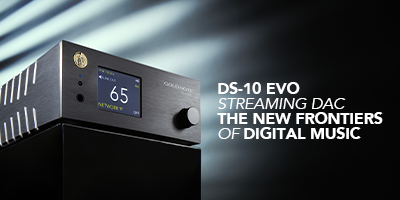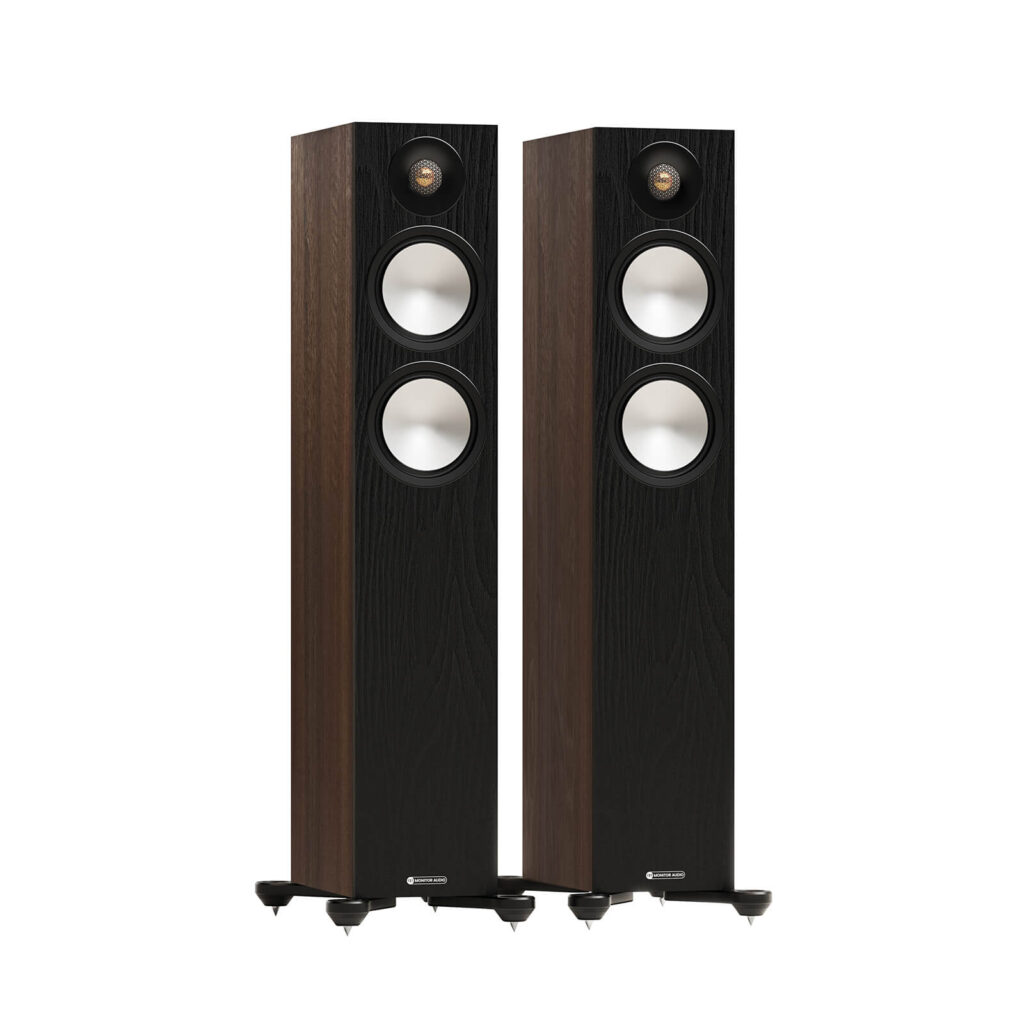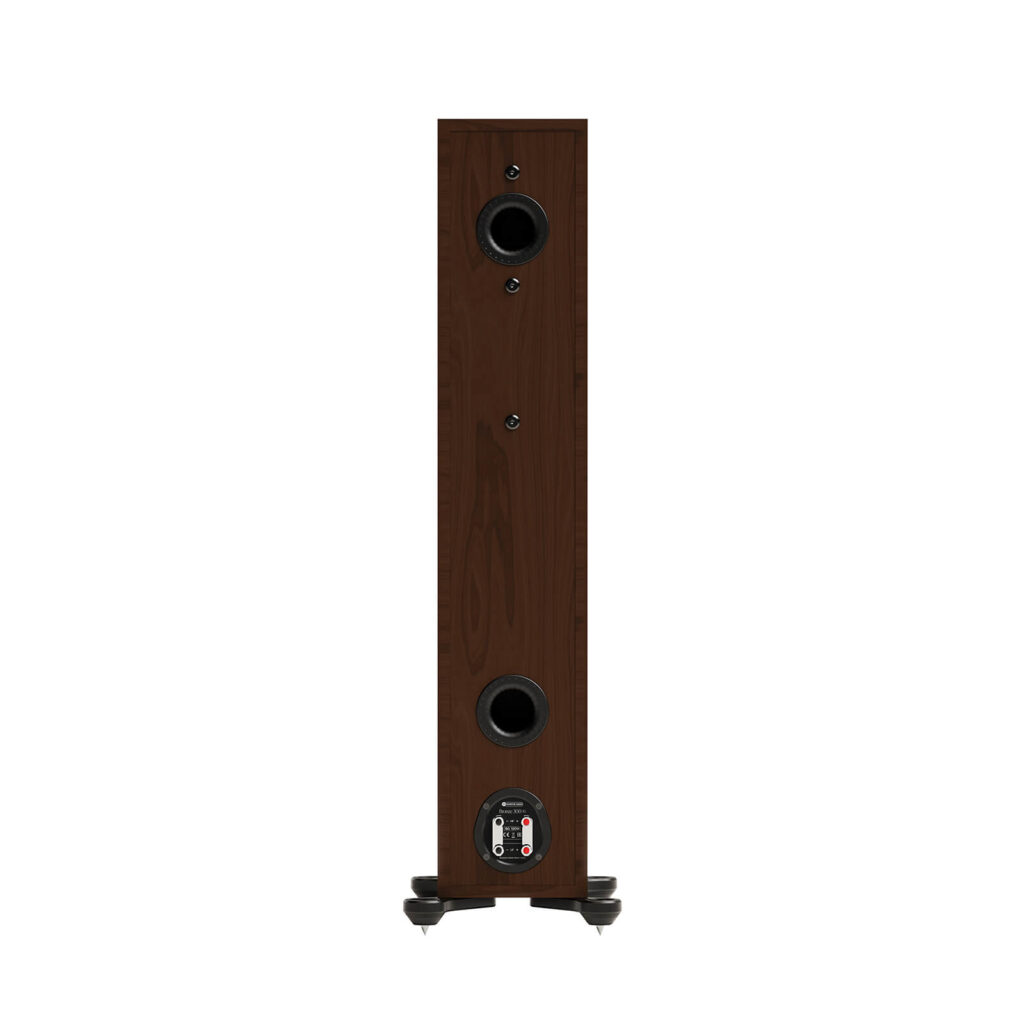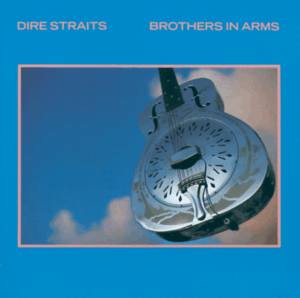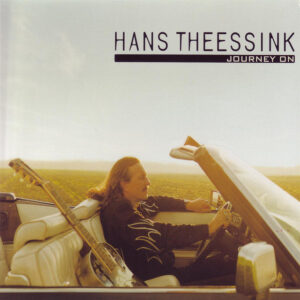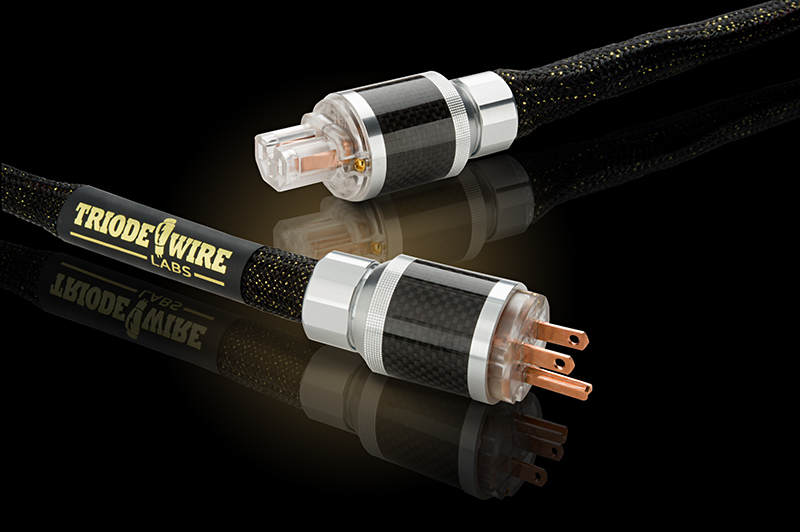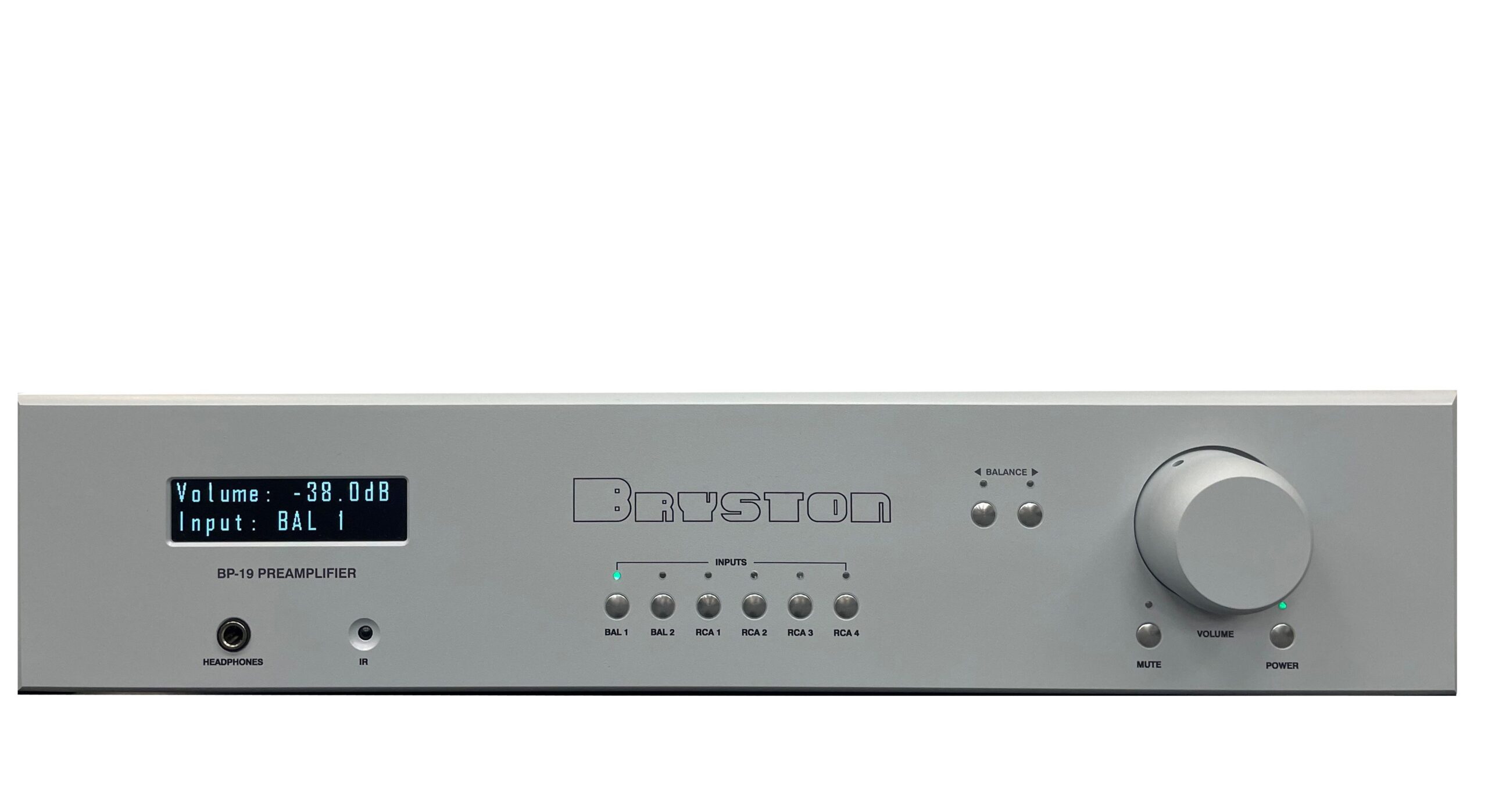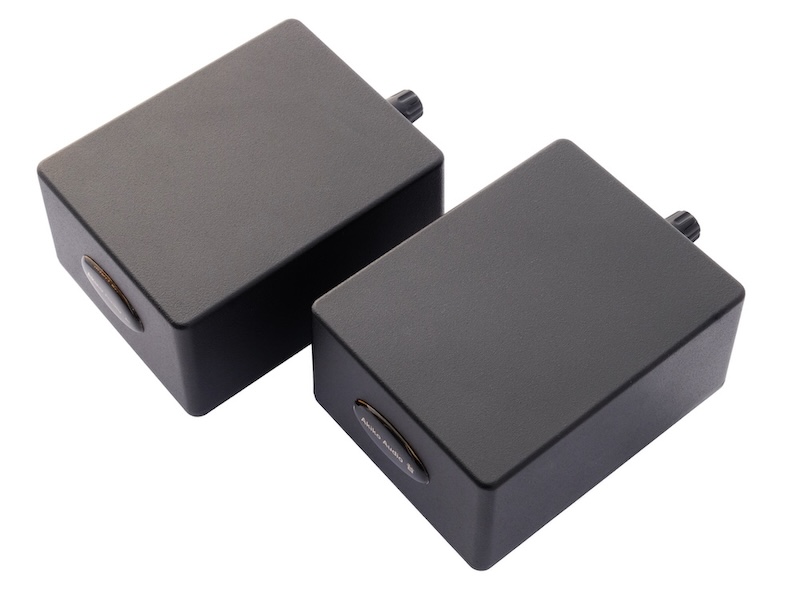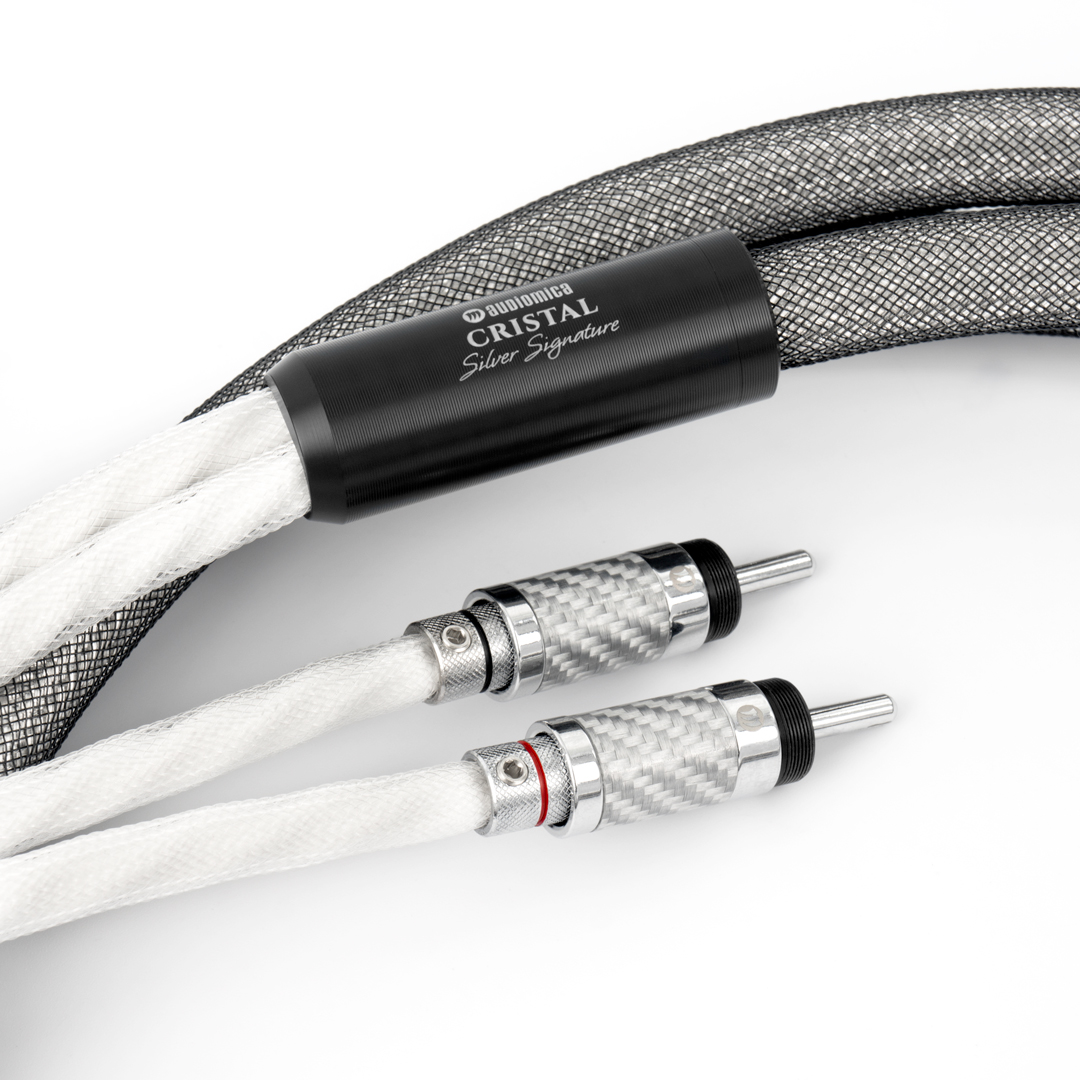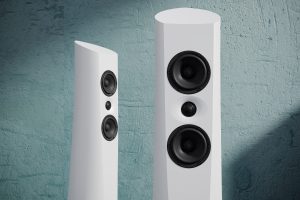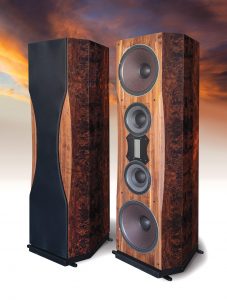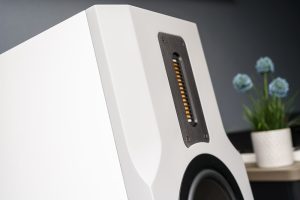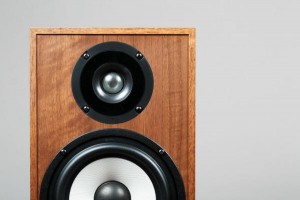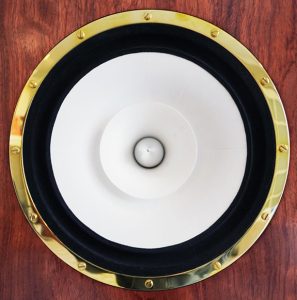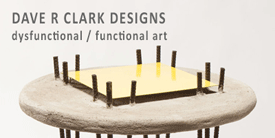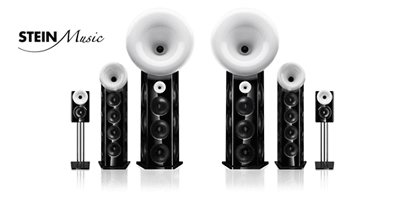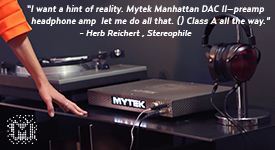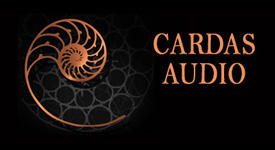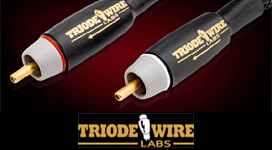When I started reviewing high-end audio in the early 1980s, I was young, naïve and easily fascinated with the fast-evolving technologies in the audiophile speaker sphere. I drooled at state-of-the-art designs and the exotic materials used in the top-of-the-line models from the leading brands. I admired the people designing these models, which were, more often than not, had huge dimensions and eye wateringly high prices.
Then during the 1990s and into the new century, my focus shifted to audiophile speakers that were able to deliver truly superb performance at prices that did not look like serial numbers. This change in attitude prompted me cover audiophile shows differently. Rather than hunt for super-star speaker designs showing off their models that cost as much as a Bentley, I felt more compelled to track down and chat with speaker designers that had models with down-to-earth prices and still came surprisingly close in terms of performance, to the speakers that cost 8 to 10 times as much.
It gradually dawned on me that, with an almost unlimited budget to work with, there were quite a few speaker designers that could just throw money at the problem and thus manifest speakers that will blow your socks off. However, in my opinion, what made a speaker designer truly great is the ability to design speakers that offered truly superlative performance while using designs, materials and manufacturing methods that kept the retail price reasonable. In my experience, speaker designers of this ilk were few and far between and they earned my highest admiration.
This is not unlike designers of super cars. Aspirational sports cars like Ferrari's and Lamborghini's routinely break speed and acceleration records because they use exotic and very expensive materials like carbon fibre bodies, which contribute to the million-dollar sticker prices.
For decades, I coveted such automobile works of art which were well beyond my reach. Then, in 2014, BMW introduced the i8, a veritable game changer, that delivers close to supercar performance at a surprisingly affordable price, for a supercar that is. It incorporates a carbon fibre body, a relatively small engine from which, with very clever engineering, delivers power that is typical of a much larger engine, and some very innovative manufacturing methods that allowed BMW to retail the i8 at a fraction of supercar prices.
Noticing how I lusted after this futuristic i8 chariot that, despite its relatively modest price for a supercar, was beyond my financial reach, my son who is an Engineering Officer in the Royal Canadian Air Force, surprised me by buying me an i8 as a retirement gift. Every time I drive it; I marvel at how BMW was able to design and build a supercar-like automobile that you did not need to be a multi-millionaire to own.
I got the same feeling when I began auditioning the Monitor Audio Bronze 300 7G pair of speakers. Given its relatively modest retail price of US$1699 a pair, the Bronze 300 7G is a textbook example of how to design and build a speaker that brings true audiophile grade sonic performance to the common man. The $2000 price category is one of the most crowded and competitive in the audiophile world, with hundreds of options from very well-known marques, to brands that you have probably never heard of. For any speaker to succeed in this category, you need to offer something quite special
Monitor Audio has humble beginnings, having started in 1972, by assembling speakers in a garage in the UK. The fact that it has been making speakers for around half a century now, speaks volumes of its enduring legacy. This is a brand that eschews fancy and exotic looks, preferring to stick to tried-and-true designs that delight the ear rather than seduce the eye.
The 300 7G, is the flagship model of the 7th generation Bronze series. True to form, it has a very simple design with clean and elegant edges and understated proportions. At a dealer's showroom, it is unlikely to visually stand out from its peers and is unlikely to grab your attention, till you begin auditioning it. That is when you realize that, sonically, it punches well above its weight or in this case, its price category.
This model is available in black, white or walnut finish, every one of them neutral enough to blend into any décor that they are placed in. The model that Sheldon Ginn, the President of Kevro International, the North America Distributor for Monitor Audio, sent to me for a review, is the white version.
The importance that Monitor Audio places in science, technology and engineering, is amply demonstrated by the fact that it grew its research and development team from 20 to 40 people over the past three years. It is also notable that around 50% of their R&D staff are experts in software and electronics.
Michael Hedges, who is Monitor Audio's Technical Director had to this to say about the 7th generation Bronze series, "For the 7G we've taken all the core DNA of what made the Bronze great for 25 years and instilled, refined and enhanced it. We've aimed to reduce any compromise and focus on perfecting the art of high-fidelity at this level and price. It means focussing on soundstage and imaging not just frequency response and distortion, and ensuring that the speakers are both transparent, in that they convey the music as intended, but also enjoyable and engaging."
The 300 7G sports a newly developed "C-CAM" gold dome tweeter that is thinner and lighter, yet more rigid than the tweeter used in previous generation Bronze Series speakers. This tweeter has a specially formed dome which Monitor Audio calls "Uniform Dispersion Waveguide II, which improves time alignment and so allows the filter to cross over at a lower frequency which in turn allows wider directivity, widening the sweet spot for the listener. The tweeter also has better venting which allows it to operate at higher sound pressure levels within its 2 to 3kHz range which gives it the ability to be more precise when operating at higher volume levels.
For this new Bronze Series, Monitor Audio has also designed a new mid-bass driver unit from the ground up. This mid-bass driver has a 152mm composite cone that is attached to a new surround & a larger voice coil and motor system. This improves control and so reduces distortion and boosts clarity in the midrange. This translates to better dynamics and increased sensitivity.
A good deal of simulation, measurement and actual listening has gone into the designing of the all-new crossover network. Monitor Audio has used its in-house "Through-Bolt" tech to ensure that the drivers are firmly braced to the rear of the speaker enclosure. The bolts are tightened to a specific torque to make sure that the driver units and the enclosure behave like a single rigid structure, thereby minimizing any unwanted resonances.
The 300 7G has a rear baffle that incorporates superior quality bi-wire binding posts as well as two high-velocity bass reflex ports that have been designed to minimize turbulence and chuffing while enabling air-flow acceleration. Monitor Audio claims that this design facilitates faster and tighter bass and better transient response.
Unlike most other speakers in this price category, the 300 G7 uses real wood and ply front baffles and a satin finished vinyl wrap. This is one area where Monitor Audio turned a potential negative into a positive. The edges of plywood have a pattern that most wood working artisans try to hide. In this case, the 300 G7 makes the plywood pattern, an elegant part of the speaker's design, which I thought was very clever.
Monitor Audio has also stabilized the bolt-on outriggers and made them more robust by utilizing integrated rubber feet for placement on hard floors. For carpeted floors, spikes are also provided which the ability to level the speakers for perfect alignment which is so important for the imaging ability of a speaker.
Specifications-wise, the 300 G7 has a frequency response of 34Hz to 30kHz a sound pressure level of 118 decibels and can handle 150 watts of power at 8 ohms of impedance. That is a good match for most amplifiers. The external dimensions are 1005×269×392 mm (height x width x depth) with accessories fitted and each speaker weighs 15.6 kg (34 lb 6 oz).
This latest Bronze series also offers matching center and rear speakers as well as an Atmos module. This makes it appealing to those that want the 300G7 to do double duty as the front speakers in a home theatre set-up.
The review samples of the 300 G7 was a demo unit and so it was well broken-in and so I could begin the review without the usual burn-in period.
I drove the 300 G7 with electronics and associated gear that would normally be used for speakers costing at least five figures and the audition was done in a dedicated underground listening room that has been acoustically corrected by a professional acoustician. It is therefore doubtful if you could get the 300 G7 speakers to sound any better than they did amidst this setup.
I used a Roon Nucleus Plus feeding a Bryston BP-19 preamp that is hooked to a pair of Pass Labs XA-100.8 monoblocks via Skogrand Beethoven speaker cables. The system also has a full complement of Akiko sound enhancing tweaks that make an easily discernible difference to the sound quality. The audition was conducted using the Roon Music Player which is the best I have encountered to store, arrange and navigate through my unusually large collection of quarter of a million digital tracks most of them in high resolution music files.
Across all the genres of music that I heard through the 300 G7 what became very evident was the tonal balance across the whole audible frequency spectrum. These speakers have struck a really lovely balance that is a Goldilocks scenario between a bright and dark sonic presentation that is very appealing to the ears.
By far, my favorite instrument to listen to when auditioning speakers is the piano. In my opinion, no other instrument is so versatile in capturing the emotion that the musician embeds into the piano performance.
I still vividly remember my teen years when attending my piano classes. The school had two grand pianos in a single room. I used to purposely arrive early to the piano school so that I could experience the thrill of playing a note on one of the grand pianos and then rushing to the other grand piano to see the strings relating to the note that I played, vibrating in the other piano as well. Those were my first experience of seeing sonic resonance in action.
When listening to Edna Stern's "Fur Elise Kalvierstuck Woo 59" from her Beethoven Sonates – Appassionata album, I was surprised at the way the 300 G7 is able to deliver not just the played notes but also the way the pedals influenced each chord and the impact of the felt covered hammers on the piano strings. Listening very closely and intently, I could occasionally even hear the sympathetic vibrations of the of the strings next to the strings that were impacted by the hammer. This is the first time I have heard speakers in this price range produce such minute and subtle details of the music.
The 300 G7s have a very neutral, saturated and precise midrange that is highly resolved. This makes hearing them very non-fatiguing even after many hours of listening. When listening to Dire Straits "Brothers in Arms" from their album of the same name, the rock music was very palpable and tactile with the leading edges very well defined and containing a good deal of color.
Kari Bremnes has a voice that has a great combination of being haunting and sweet. When listening to the "Gate Ved Gate" track from the album of the same name, the emotion in her voice comes through in spades making the listening experience so much more believable and present.
No less impressive is the timing and rhythm accuracy with which the 300 G7 produced the track "Sur O No Sur" from Kevin Johansen's album of the same name. I found my head bobbing and my foot tapping to the very infectious rhythm of this very well recorded track. This track also revealed the wide, deep and solid soundstage that the 300 G7 painted
For male vocals, I listened to Hans Theessink's "Feel Like Going Home" from his Journey On album. The deep rumbling timbre of Theessink's rich baritone voice came through with such presence, it gave me goosebumps galore.
To sum up, no speaker in this price range has the right to deliver this level of audiophile sonic performance that the Monitor Audio 300 G7 is capable of. Give it a careful audition; I am certain you will agree that the audiophile world needs to be grateful to Monitor Audio for conceptualizing, designing and building a speaker with the build quality and sonic performance that rivals even a few speakers I have heard that sport a five-figure price tag.
Bronze 300 G7 Speakers
Retail: US $1699 pair
Kevro International (North American Distributor)
902 McKay Rd, Pickering, ON Canada L1W 3X8
905.428.2800
Monitor Audio
24 Brook Road, Rayleigh, Essex, SS6 7XJ, United Kingdom
+44 (0) 1268 740580

